Tag Archives: ArcGIS Survey123
Post navigation
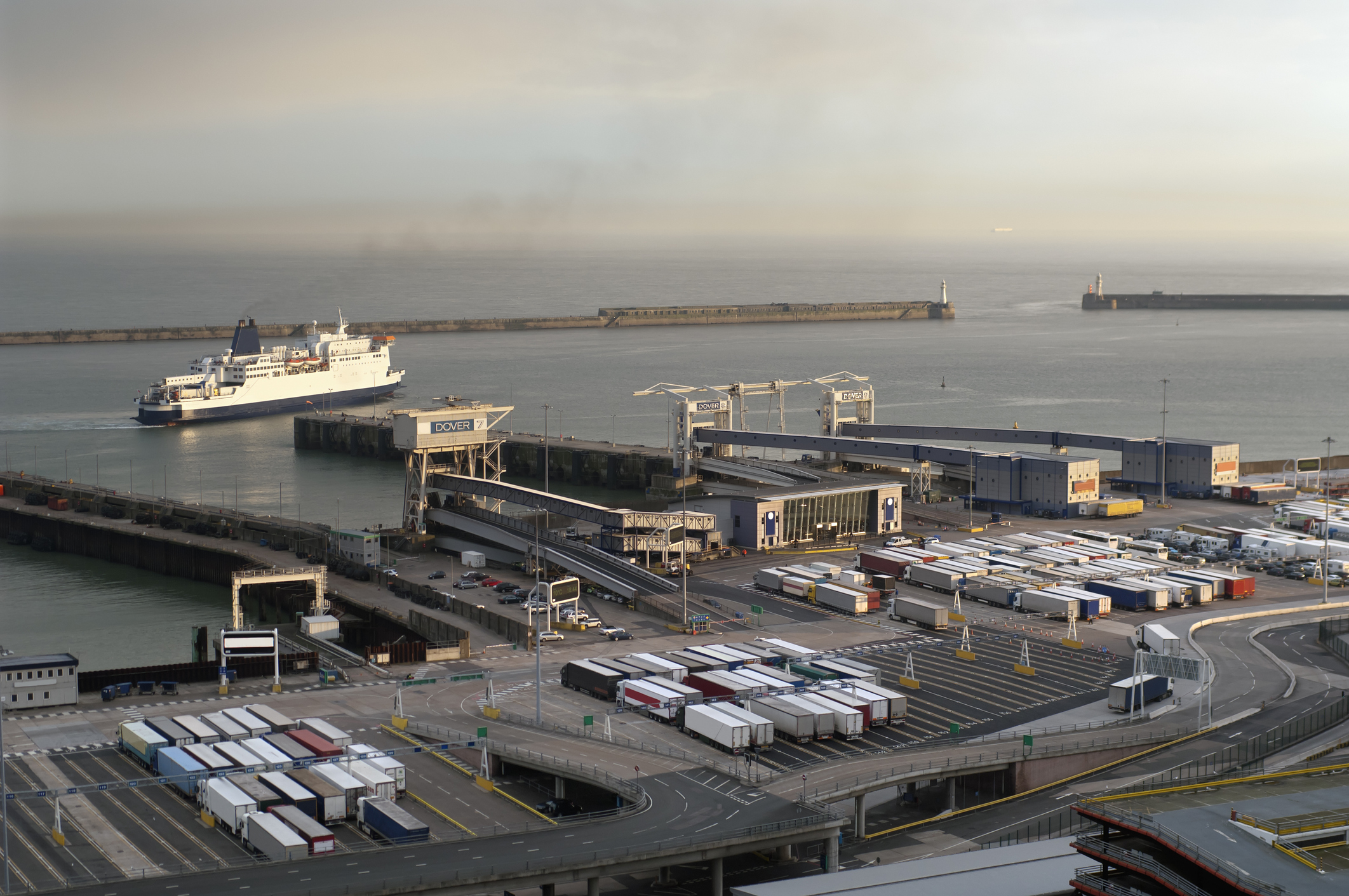
Associated British Ports
With GIS at its heart we have launched a location-aware, end-to-end digitised solution to onboard our electricity customers using ArcGIS Survey123 and ArcGIS Online.
Continue Reading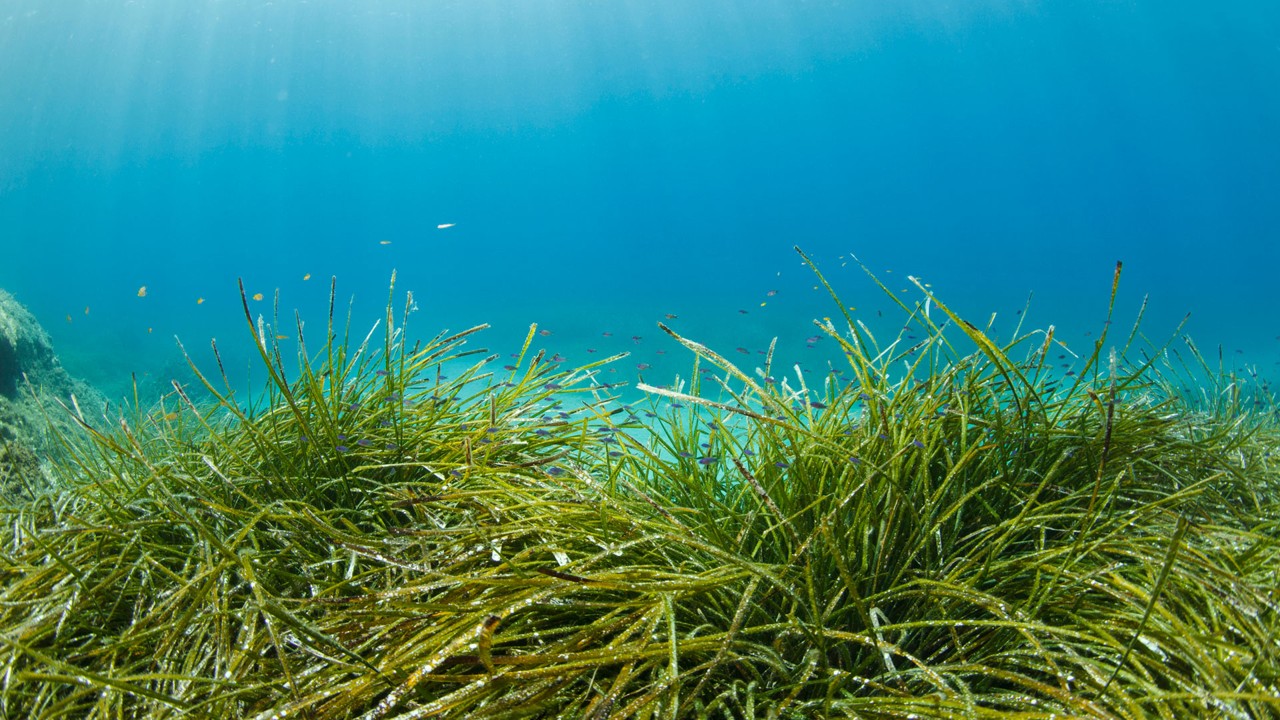
Ocean Conservation Trust
We are using a suite of ArcGIS solutions to help us protect, regenerate and restore the UK’s seagrass meadows.
Continue Reading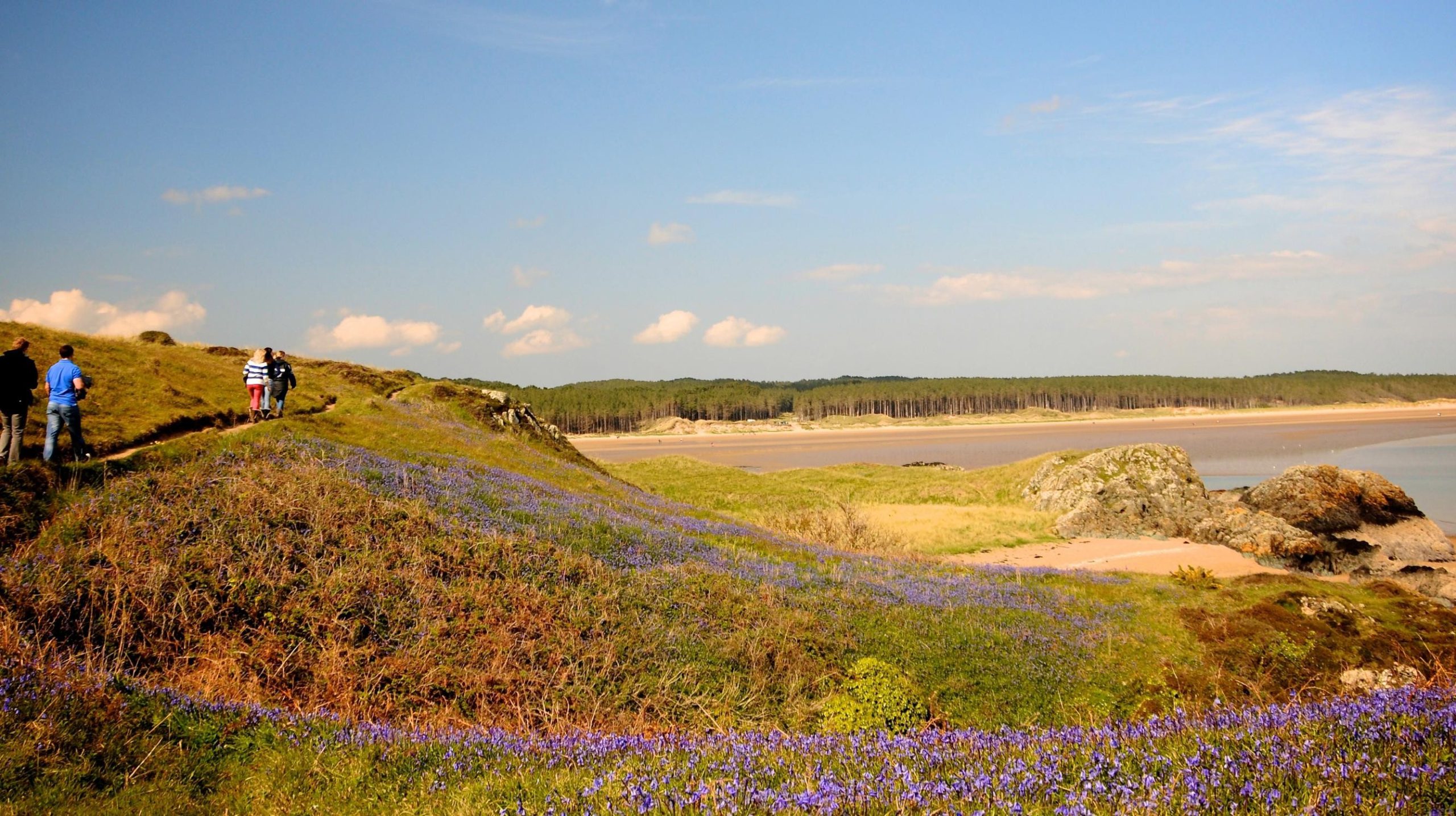
Keep Wales Tidy
Our new ArcGIS-driven litter survey methodology is giving us richer data to help influence and monitor policy and keep Wales tidy.
Continue Reading
Oxfordshire County Council
Our new ArcGIS-driven survey process helped us divert 96 tonnes of food waste to recycling and save £12,455 in one year.
Continue Reading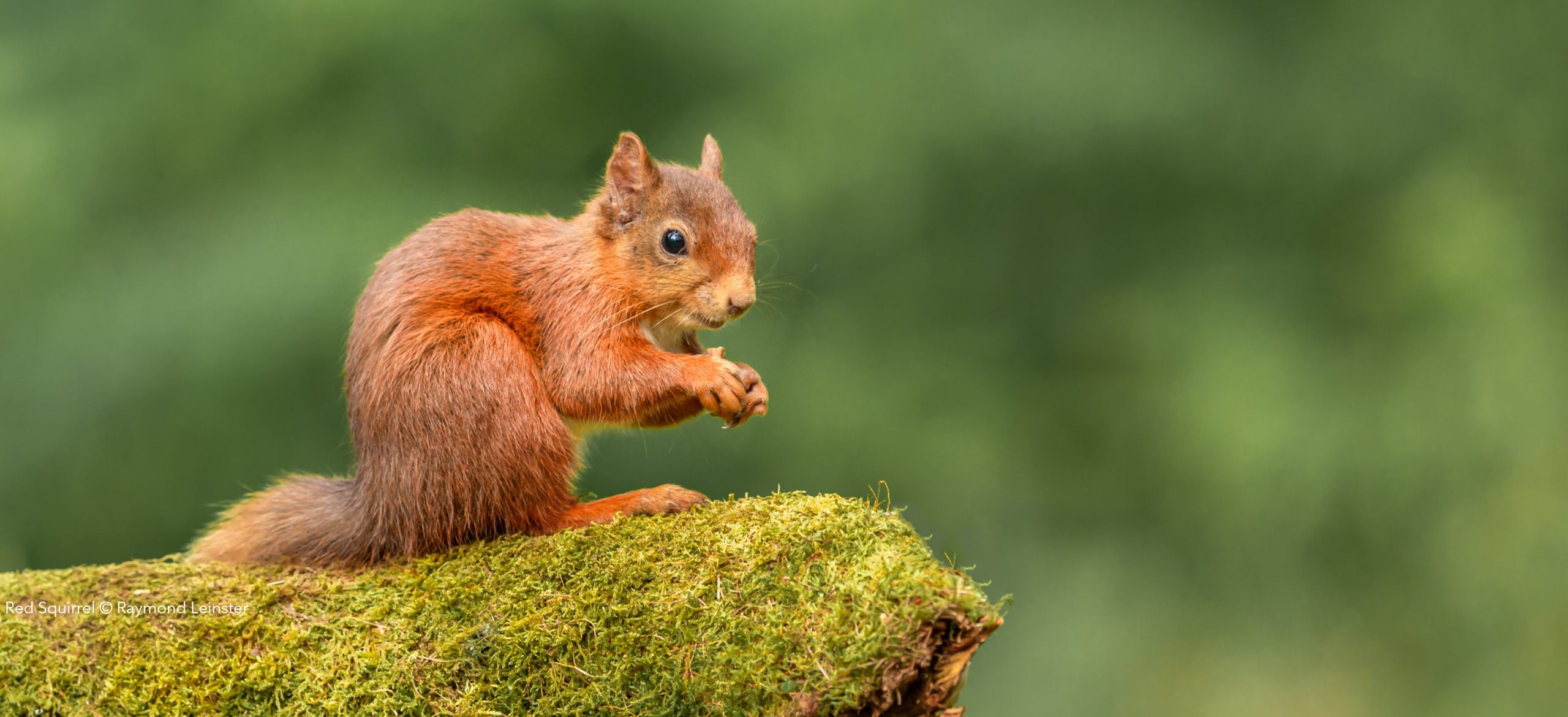
Scottish Wildlife Trust
With more accessible data, available in real-time, we can be more effective in our efforts to save Scotland’s native red squirrels.
Continue Reading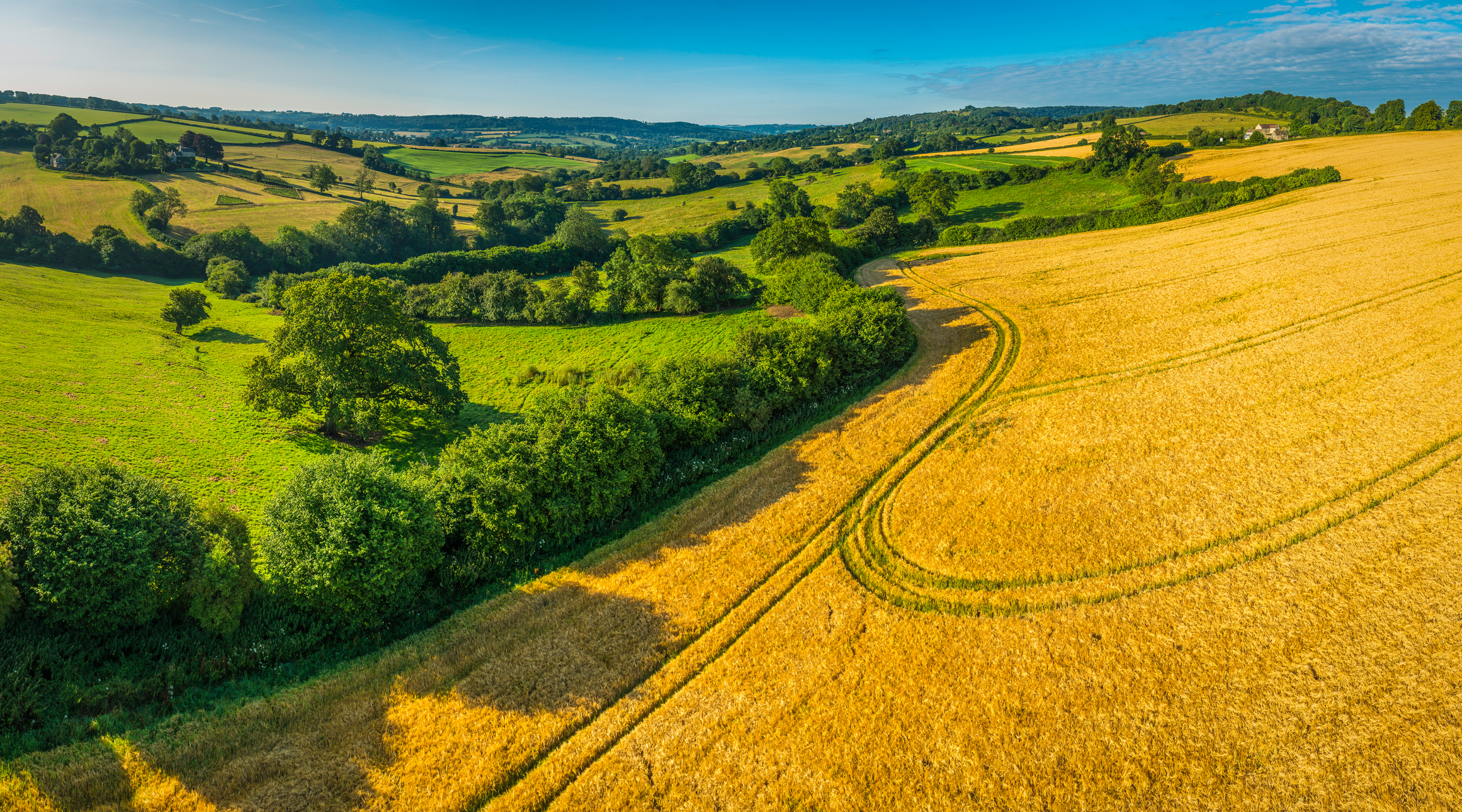
Natural England
Having identified the need for a digital spatially led approach we have developed a solution using ArcGIS Field Maps, ArcGIS Survey123, ArcGIS Experience Builder and ArcGIS Dashboards that is helping our advisors perform their jobs more efficiently.
Continue Reading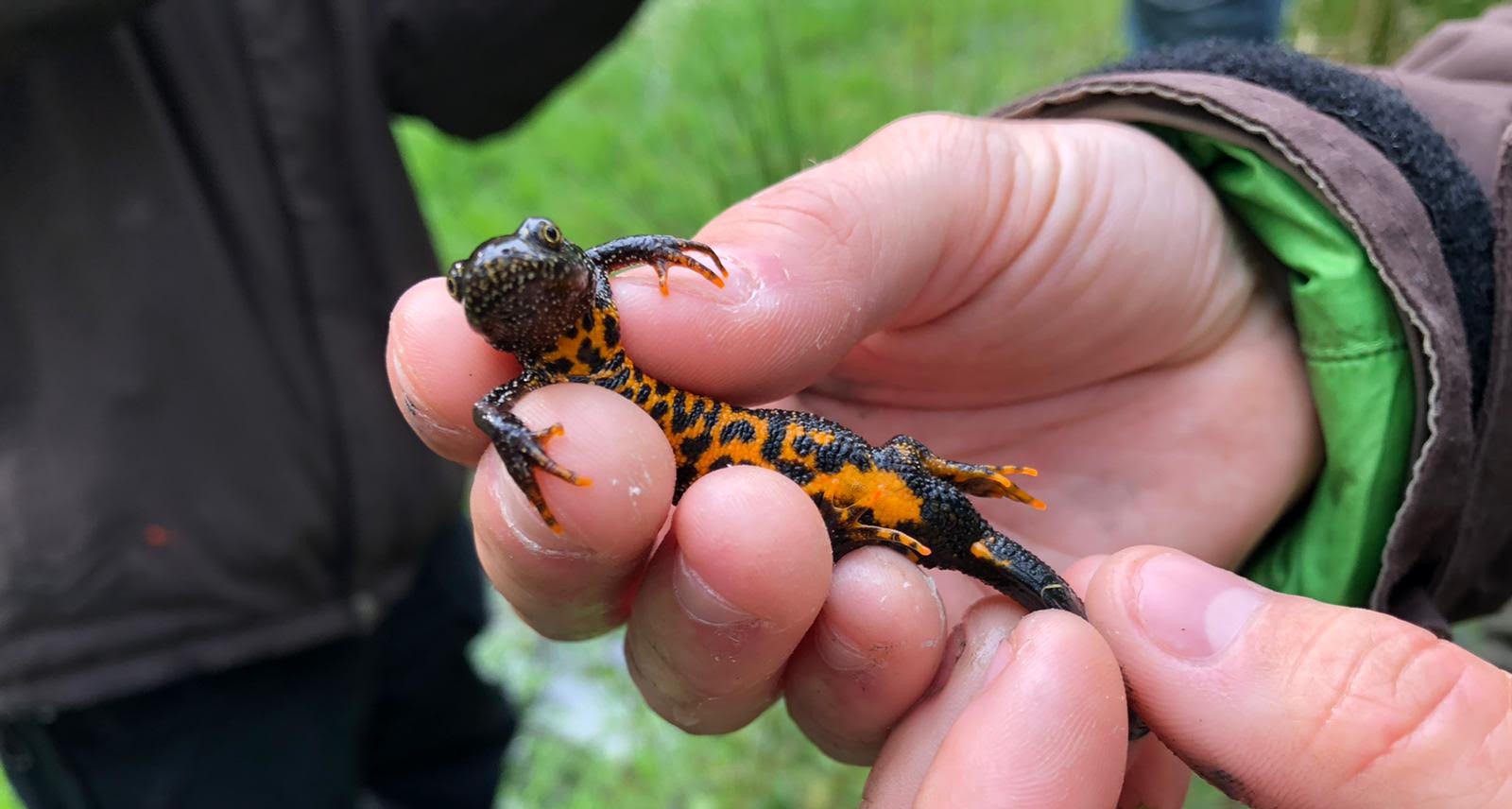
Natural England
We have successfully leveraged ArcGIS technology to digitise and modernise our DLL Scheme, increasing the integrity of our data, supporting better decision-making and enhancing collaboration with our stakeholders.
Continue Reading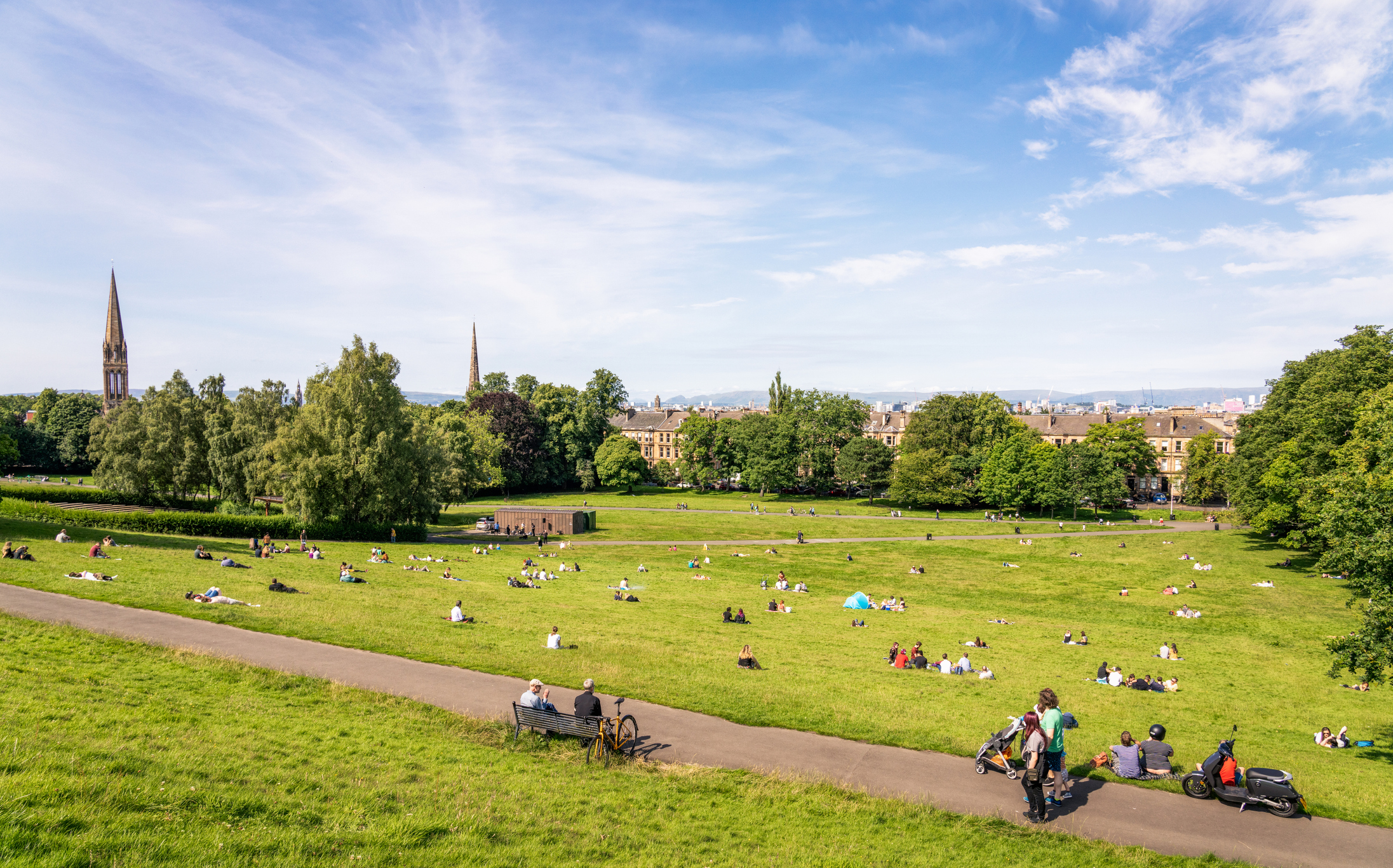
University of Glasgow
ArcGIS provided the research method in a project to better understand the variety of parks available across Great Britain.
Continue Reading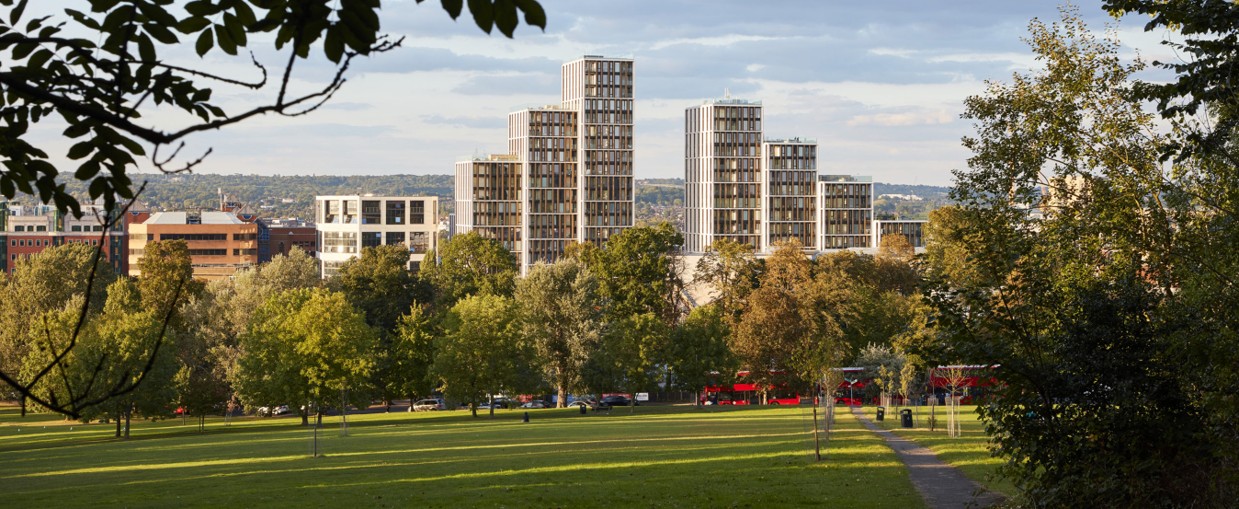
London Borough of Harrow
In our first steps towards creating a digital twin of the borough we are already delivering cost savings for the council and benefits for local citizens.
Continue Reading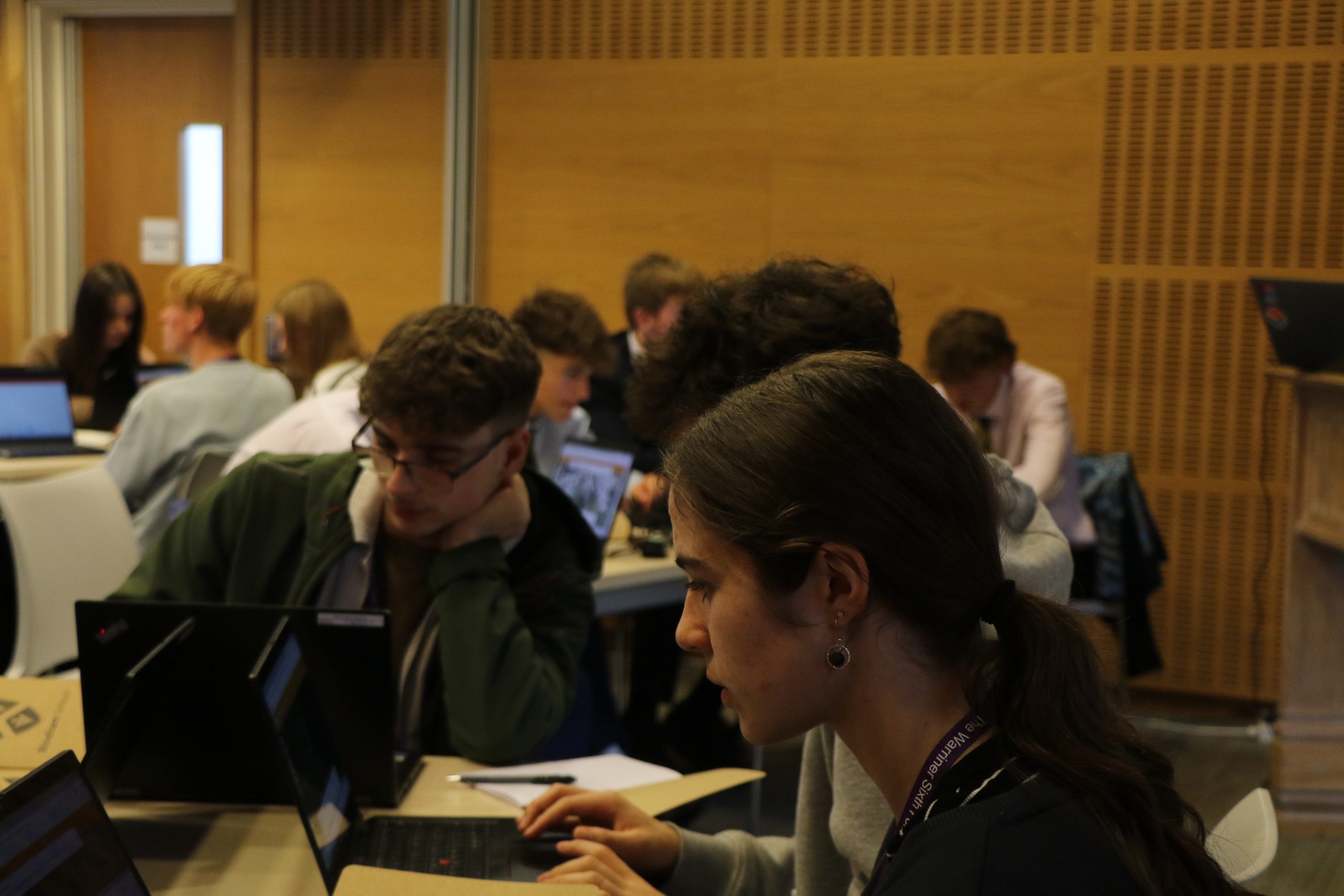
Bloxham School
Through the Bloxham Sustainability Challenge we are inspiring students to gain GIS skills and learn about sustainability.
Continue Reading